It's challenging to live with chronic pain. Even tasks that were once simple can become painful triggers. To recommend exercise for chronic pain may seem paradoxical; after all, rigorous activity may seem to aggravate physical illnesses. However, since the 1980s, doctors have advised patients with chronic pain to avoid bed rest and instead stay active.


Exercise helps to prevent significant problems from happening as well as relieve discomfort in many body regions. It may help reduce inflammation, improve mobility, and reduce overall pain levels, without the need for extra medication, depending on your present condition of health. Let's look at a few of these workouts.
1. Stretching


Incorrect sitting posture, rapid movements, or muscle weariness can all result in pain. Muscle flexibility and strength are increased with stretching, which lowers the likelihood of experiencing physical pain. Your fingers and wrists can stay in shape through stretching. Stretching on a regular basis boosts blood flow to your muscles and joint range of motion. By getting your muscles ready, you can increase your capacity for physical activity while lowering your chance of injury. Your recovery times and "training pain," or soreness following physical activity, are decreased by stretching.
2. Walking


It's free, can be done practically anyplace, requires no specific training, and is gentle on weary joints. Walking can help you maintain a healthy weight or reduce weight, which will relieve stress on your joints. Additionally, walking can strengthen your bones and heart. Rheumatoid arthritis patients should pay special attention to the cardiac benefit of exercise because their risk for heart disease is known to be higher.
3. Yoga


One of the earliest types of exercise that has a number of positive health effects is yoga. Lower back pain, muscle pain, joint pain, neck stiffness, weariness, and other issues can all be helped by certain yoga positions and exercises. Yoga facilitates relaxation and breathing improvement. It treats inflamed joints and lifts your spirits. Yoga incorporates many stretches that increase flexibility and range of motion while also managing pain. For greater advantages, you can do yoga in the morning.
4. Pilates
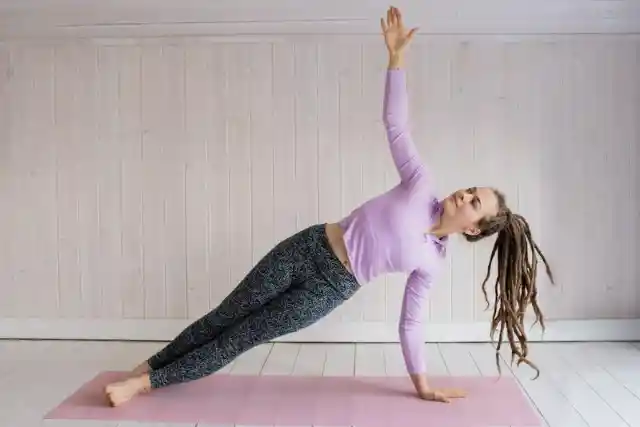
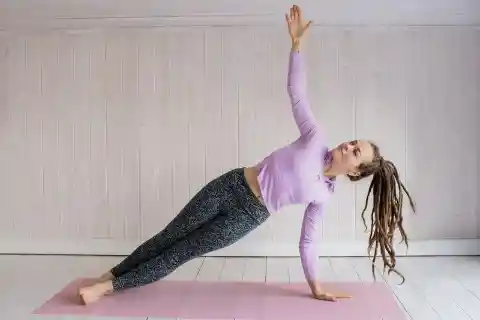
Your back is a part of your core, so strengthening it doesn't just mean working on your abs. According to a 2015 study, Pilates helps to relieve back pain since the exercises are straightforward and emphasize alignment. One-on-one Pilates sessions can help those with chronic back pain. However, performing the exercises wrong can make back pain worse.
5. Tai Chi
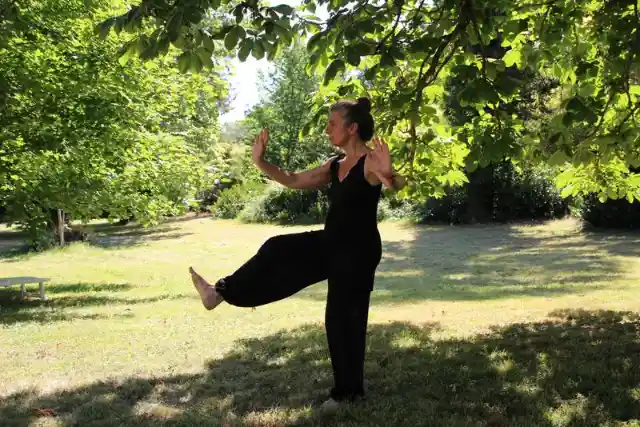
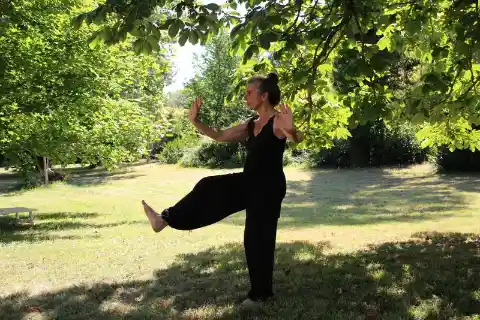
Tai chi is an ancient Chinese martial art that blends slow, gentle movements with mental attention. It is frequently referred to as "moving meditation." In RA patients, this exercise increases muscular function and stiffness while lowering pain and stress levels. Participants in one study claimed to feel better and have a more positive attitude on life after practicing tai chi.
6. Water Exercises


Water exercises includes swimming and any other water-based exercise. Other than swimming, water exercises are typically carried out vertically with the water supporting or providing resistance. People with hip or knee osteoarthritis may benefit from these exercises in the short term, but no sustained effect has yet been shown.
7. Weight Lifting
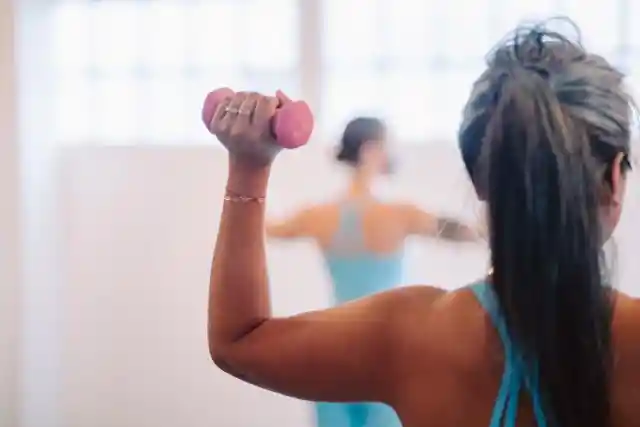

Bodybuilders are not the only people that lift weights. By putting more muscle around the damaged joints, strengthening exercises can help manage some types of chronic pain by reducing stress on the affected joints. The amount of weight you can first lift and the types of exercise you can perform should be discussed with a physical therapist. You should also always have a spotter with you.
8. Biking


Getting your heart beating is crucial if you have RA. This is because cardiovascular disorders are more likely to affect people with RA. Compared to other cardiovascular workouts, biking is a great low-impact exercise that is easy on the joints. Biking improves leg strength, lowers morning stiffness, and maintains cardiovascular health. You can go cycling outside, join a club, or ride a stationary bike at home or in the gym.
9. Balance Training
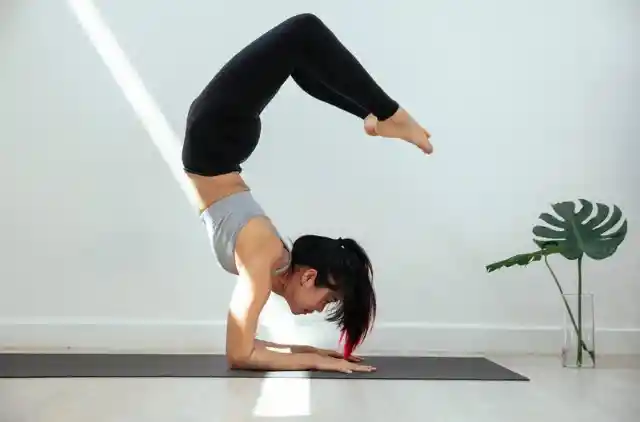
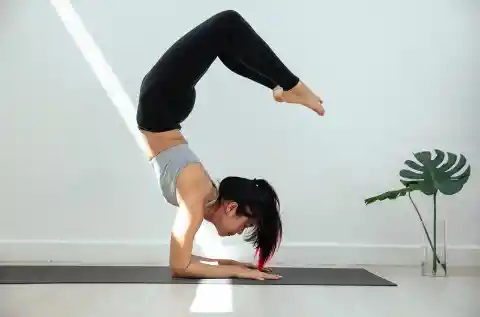
Maintaining a healthy balance can help you to do all of your everyday tasks. Your ability to avoid falls and manage some types of pain, notably back pain, depends on having strong muscles and remaining stable. Yoga, tai chi, pilates, hydrotherapy, martial arts, combined balance, and step training, and at-home activities are all good ways to enhance your balance. Strength, flexibility, and core muscle training are the main goals of these workouts. Balance exercises should be performed twice a week for at least five minutes, but the more, the better.
10. Household Activities


Daily tasks and routine activities can be beneficial if going to the gym seems overwhelming or if a person's chronic discomfort prohibits them from exercising. Routine tasks like cooking, cleaning, fetching the mail, and getting dressed are also excellent opportunities to move throughout the day.